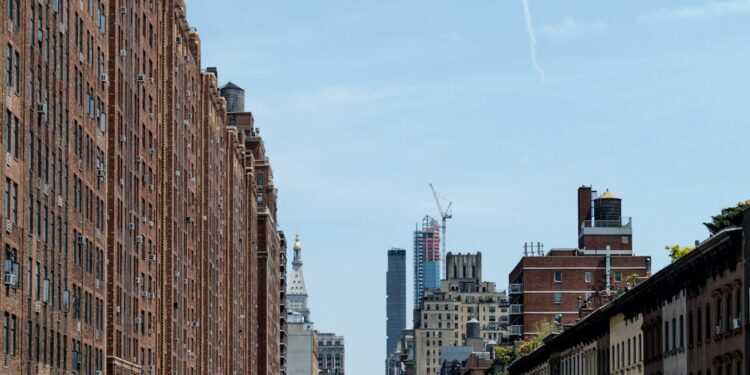Harlem, the vibrant neighborhood located in the northern section of Manhattan, New York City, has a rich history and a unique culture that has played a significant role in shaping the city’s identity. From its beginnings as a Dutch village in the 17th century to its emergence as a cultural epicenter for African American culture in the 20th century, Harlem has undergone numerous transformations that have helped define its character and influence.
Harlem’s history can be traced back to the mid-17th century when it was settled by the Dutch. Originally named Nieuw Haarlem after a city in the Netherlands, Harlem was primarily a farming community with a diverse population that included Dutch settlers, Native Americans, and African slaves. The area’s fertile land and proximity to the Hudson River made it an attractive location for settlement and commerce, leading to its rapid growth and development.
In the late 19th and early 20th centuries, Harlem experienced a demographic shift with the arrival of African Americans fleeing segregation and racial violence in the South. The Great Migration, as it came to be known, brought thousands of African Americans to the neighborhood seeking economic opportunities and a chance at a better life. As a result, Harlem became a predominantly African American community, with a vibrant cultural scene that included music, art, and literature.
During the Harlem Renaissance of the 1920s and 1930s, the neighborhood became a cultural epicenter for African American artists, musicians, writers, and intellectuals. The Harlem Renaissance was a period of artistic and intellectual flourishing that produced some of the most significant works of African American culture in history. Writers such as Langston Hughes and Zora Neale Hurston, musicians like Duke Ellington and Louis Armstrong, and artists such as Jacob Lawrence and Aaron Douglas all contributed to the cultural renaissance of Harlem, creating a legacy that continues to inspire artists and scholars to this day.
Harlem’s cultural influence extended beyond the arts, with the neighborhood also playing a significant role in the civil rights movement. The Harlem community was a hotbed of political activism and social change, with organizations like the NAACP and the Urban League advocating for racial equality and justice. African American leaders such as Malcolm X and Marcus Garvey called Harlem home, using their platforms to fight for the rights and dignity of Black Americans.
Today, Harlem continues to be a vibrant and diverse neighborhood that celebrates its rich history and culture. The neighborhood is home to numerous cultural institutions such as the Apollo Theater, the Studio Museum in Harlem, and the National Jazz Museum in Harlem, all of which showcase the contributions of African Americans to the arts and culture.
In recent years, Harlem has also seen gentrification and demographic changes that have raised concerns about the preservation of its unique heritage and character. As new residents move in and property values rise, there are concerns about the displacement of long-time residents and the loss of the neighborhood’s historic buildings and landmarks. Community activists and preservationists are working to ensure that Harlem’s history and culture are preserved for future generations to enjoy.
In conclusion, Harlem’s history and culture are a testament to the resilience and creativity of its residents. From its humble beginnings as a Dutch village to its emergence as a cultural Mecca for African Americans, Harlem has played a crucial role in shaping the identity of New York City and the broader American cultural landscape. By celebrating and preserving its history and culture, Harlem ensures that its legacy will continue to inspire and influence generations to come.















